A multi-organ chip with matured tissue niches linked by vascular flow
- PMID: 35478225
- PMCID: PMC9250010
- DOI: 10.1038/s41551-022-00882-6
A multi-organ chip with matured tissue niches linked by vascular flow
Abstract
Engineered tissues can be used to model human pathophysiology and test the efficacy and safety of drugs. Yet, to model whole-body physiology and systemic diseases, engineered tissues with preserved phenotypes need to physiologically communicate. Here we report the development and applicability of a tissue-chip system in which matured human heart, liver, bone and skin tissue niches are linked by recirculating vascular flow to allow for the recapitulation of interdependent organ functions. Each tissue is cultured in its own optimized environment and is separated from the common vascular flow by a selectively permeable endothelial barrier. The interlinked tissues maintained their molecular, structural and functional phenotypes over 4 weeks of culture, recapitulated the pharmacokinetic and pharmacodynamic profiles of doxorubicin in humans, allowed for the identification of early miRNA biomarkers of cardiotoxicity, and increased the predictive values of clinically observed miRNA responses relative to tissues cultured in isolation and to fluidically interlinked tissues in the absence of endothelial barriers. Vascularly linked and phenotypically stable matured human tissues may facilitate the clinical applicability of tissue chips.
© 2022. The Author(s), under exclusive licence to Springer Nature Limited.
Figures


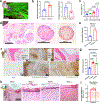


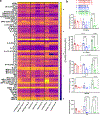
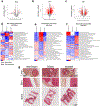
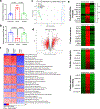
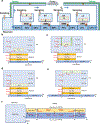
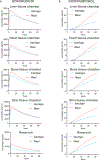

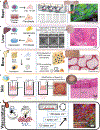
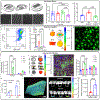
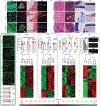

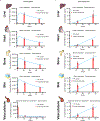
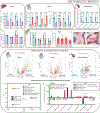
Comment in
-
Modeling multi-organ systems on a chip.Nat Methods. 2022 Jun;19(6):641. doi: 10.1038/s41592-022-01533-z. Nat Methods. 2022. PMID: 35689023 No abstract available.
-
Towards establishing human body-on-a-chip systems.Stem Cell Res Ther. 2022 Aug 20;13(1):431. doi: 10.1186/s13287-022-03130-5. Stem Cell Res Ther. 2022. PMID: 35987699 Free PMC article.
References
Publication types
MeSH terms
Substances
Grants and funding
LinkOut - more resources
Full Text Sources
Other Literature Sources

